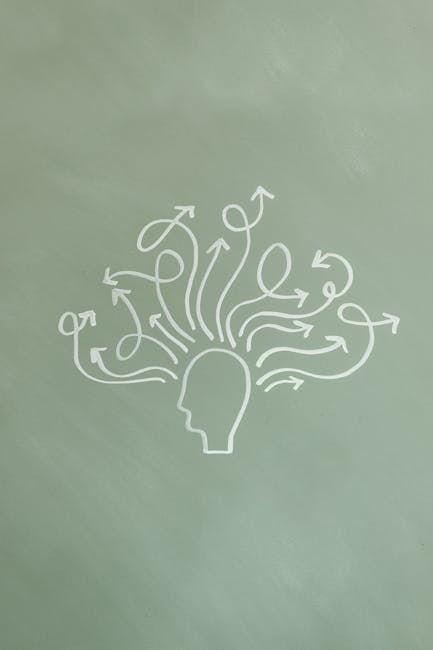In today’s data-driven world, the ability to make sound, informed decisions is paramount. Whether you’re a Fortune 500 company optimizing supply chains or a healthcare provider diagnosing diseases, the need for accurate and efficient decision-making processes is undeniable. This is where neural networks step in, offering a revolutionary approach inspired by the very structure of the human brain.
Neural networks, a subset of artificial intelligence, are complex systems modeled after the intricate web of neurons in our brains. They learn from data, identifying patterns and relationships that would be impossible for humans to discern manually. This ability to learn and adapt allows neural networks to significantly improve decision-making across numerous fields.
How Neural Networks Mimic the Human Brain:
The human brain processes information through a network of interconnected neurons. These neurons receive signals, process them, and transmit the results to other neurons. Neural networks replicate this process using interconnected nodes (neurons) organized in layers. Each connection between nodes has a weight, representing the strength of the connection. Through a process called “training,” the network adjusts these weights to optimize its ability to perform a specific task.
This training process involves feeding the network vast amounts of data. The network analyzes this data, adjusting the weights of its connections to minimize errors and improve its accuracy. This iterative process mirrors the way our brains learn through experience, refining our understanding of the world and improving our ability to make decisions.
Applications of Neural Networks in Decision-Making:
The applications of neural networks in improving decision-making are vast and constantly expanding. Here are some key areas:
Healthcare: Neural networks are used in medical diagnosis, predicting patient outcomes, and personalizing treatment plans. By analyzing medical images, patient history, and genetic data, these networks can assist doctors in making more accurate and timely decisions. This can lead to earlier diagnoses, improved treatment efficacy, and ultimately, better patient outcomes.
Finance: In the financial sector, neural networks are employed for fraud detection, risk assessment, and algorithmic trading. Their ability to identify complex patterns in financial data allows for more accurate predictions of market trends and improved risk management strategies. This can lead to reduced losses and increased profitability.
Supply Chain Management: Optimizing supply chains is a complex task involving numerous variables. Neural networks can analyze data on demand, inventory levels, transportation costs, and other factors to predict future demand, optimize logistics, and minimize disruptions. This can lead to significant cost savings and improved efficiency.
Customer Service: Chatbots powered by neural networks are revolutionizing customer service by providing instant, personalized support. These chatbots can learn from customer interactions, improving their ability to understand and respond to inquiries effectively. This can lead to increased customer satisfaction and reduced operational costs.
Marketing and Sales: Neural networks are used for targeted advertising, customer segmentation, and sales forecasting. By analyzing customer data, these networks can identify potential customers, predict their buying behavior, and personalize marketing campaigns. This can lead to improved conversion rates and increased revenue.
The Future of Neural Networks and Decision-Making:
As neural networks continue to evolve, their impact on decision-making will only grow. Advancements in computing power, data availability, and algorithms will enable the development of even more sophisticated and accurate networks. We can expect to see neural networks playing an increasingly important role in solving complex problems and improving decision-making across all sectors. The future of decision-making is intertwined with the continued advancement and refinement of neural network technology. The mimicking of the human brain’s intricate decision-making processes holds immense potential for improving efficiency, accuracy, and ultimately, the outcomes of critical decisions worldwide.


